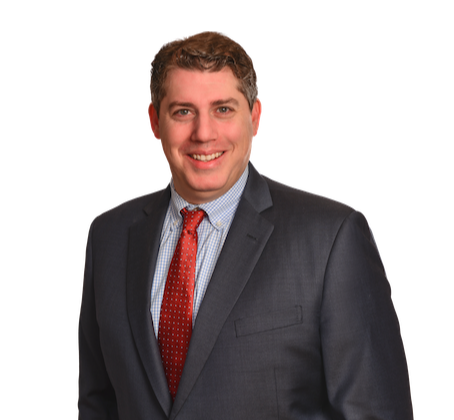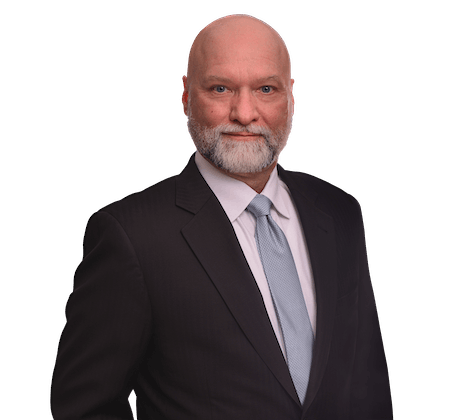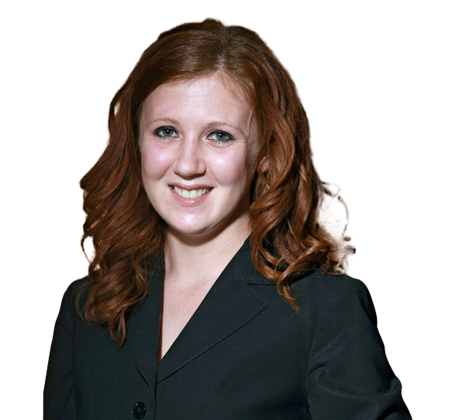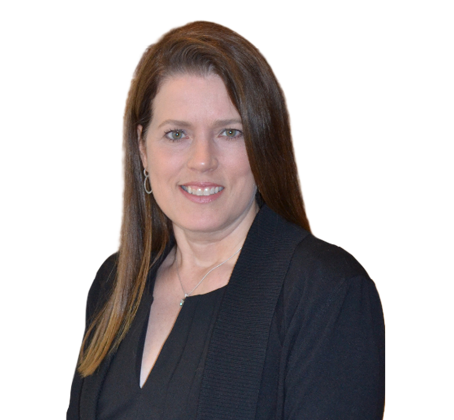On October 10, 2017, the New Jersey Appellate Division issued a precedential decision that held: (1) a “continuous trigger” theory of insurance coverage may be applied to third-party liability claims involving progressive damage to property caused by an insured’s allegedly defective construction work; and (2) the “manifestation” of damage, for purposes of determining the end of the continuous trigger period, is the date when the “essential nature and scope of the property damage first becomes known, or when one would have sufficient reason to know of it.” Finally, the Court rejected the argument that manifestation does not occur until there is proof that attributes the property damage to faulty conduct by the insured.
Air Master & Cooling, Inc. v. Selective Insurance Company of Am., __ N.J. Super ___, Docket No. A-5415-15T3 (Oct. 10, 2017) involved a garden-variety construction defect coverage dispute. Plaintiff, an HVAC subcontractor, sought coverage for underlying construction defect claims involving progressive water infiltration at a multi-unit condominium building. Plaintiff sued three insurers, which had issued successive liability policies to it between 2005 and 2015. The issue before the Court was whether property damage had manifested prior to June 2009, when the policies issued by Selective Insurance Company incepted.
First, the Court held that the “continuous trigger” theory applies to claims for third-party progressive property damage in construction defect cases. This is notable given the New Jersey Supreme Court’s earlier decision in another construction defect insurance dispute, Potomac Ins. Co. v. PMA Ins. Co., 215 N.J. 409 (2013), in which the Supreme Court held that sharing of defense costs among triggered policies followed the Carter-Wallace rule for allocation of indemnity costs, but did not directly address whether the continuous trigger theory applied to the construction defect damages claims in that matter.
In Air Master, the Court then addressed when property damage “manifests” for purposes of ending the continuous trigger period in a construction defect case. The Court held that the continuous trigger ends when the essential nature and scope of the property damage first becomes known, or knowable. Put another way, manifestation occurs at “the revelation of the inherent nature and scope of that injury[.]” The Court remanded the case for a factual inquiry into when that occurred, ruling that hearsay statements by unit owners regarding water problems at the site, reported in newspapers in 2008, were not sufficient proof that manifestation had occurred at that time. Importantly for carriers, the Court rejected plaintiff’s argument that manifestation occurs when it first appears, or reasonably could be known, that the damage is attributable to the conduct of the specific insured.
Where the facts of a construction defect claim indicate the damage is progressive, this ruling may help carriers assess their potential exposure for defense and indemnity costs, as well as better define the information necessary to determine when the “last pull” of the continuous trigger occurs.
Feel free to call any member of our team if you have questions concerning this case or its effect on your claims.
The decision is available for download here.
















